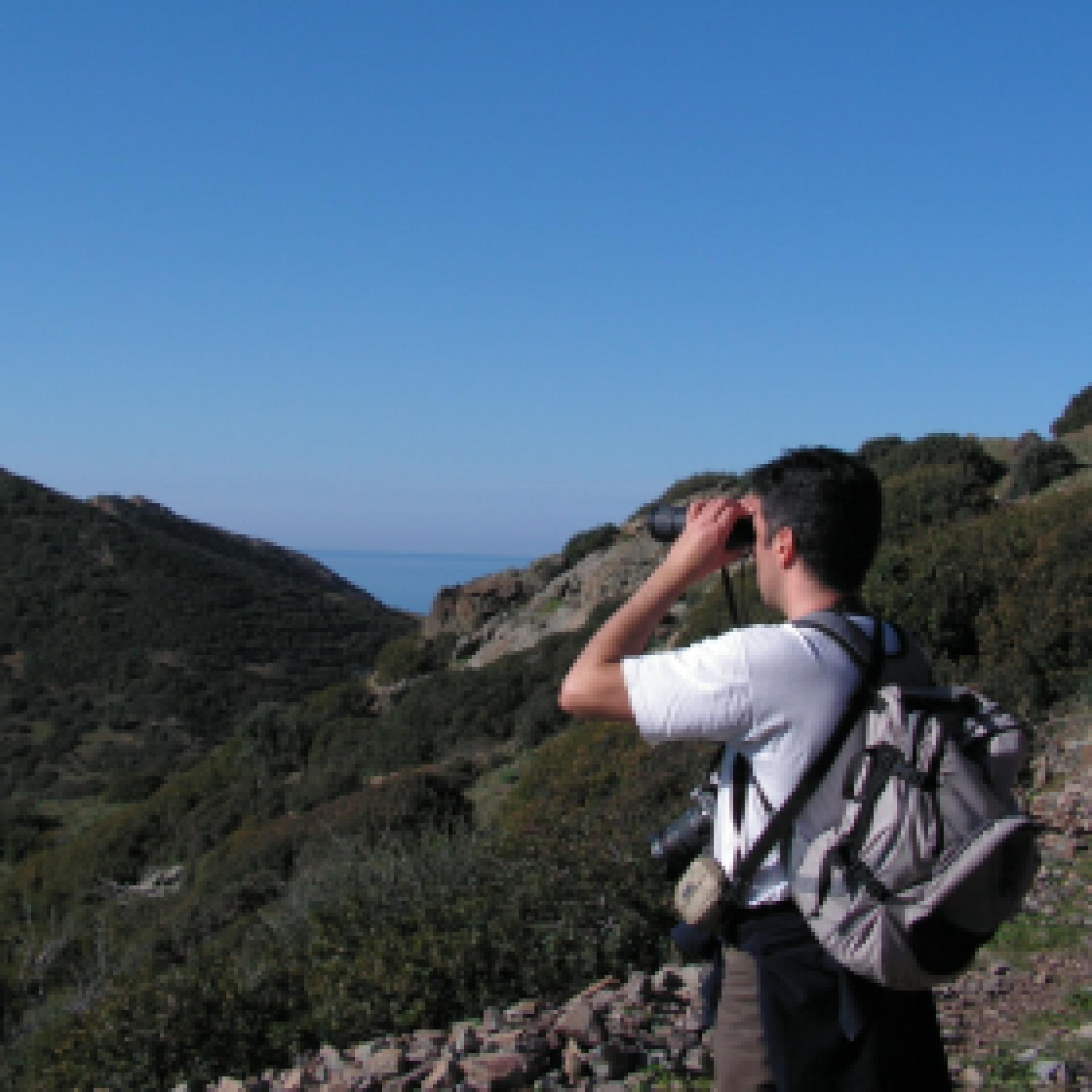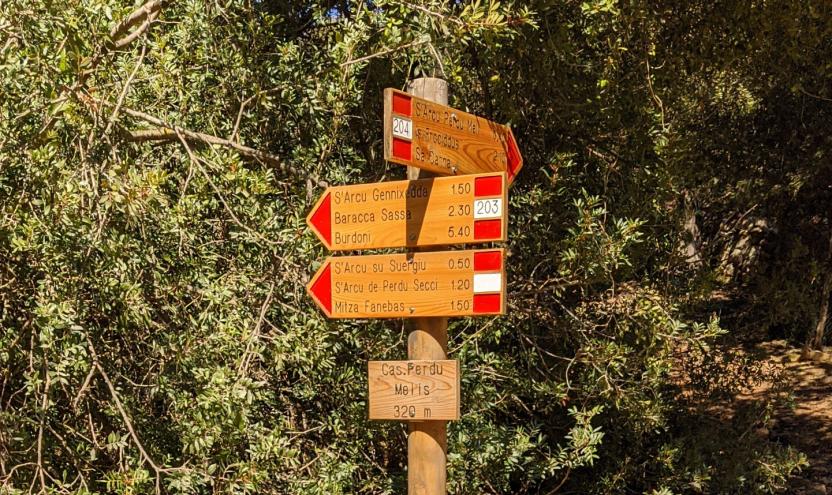Trekking (experts)
Sentieri di media-lunga percorrenza, dorsali escursionistiche a tappe come il Sentiero Italia, da fare su più giorni e generalmente segnalati. Richiedono di programmare soste/bivacchi e una capacità di muoversi su terreno impervio e fondo impegnativo su pendii ripidi, quote relativamente elevate, orientandosi talvolta con pochi punti di riferimento. Tratti rocciosi esposti, nelle alte vie o lungo costa, con difficoltà tecniche importanti, in territori distanti dell'Isola selvaggia. Percorrerli necessita di esperienza ed equipaggiamento specifico, o l'accompagnamento con guide esperte!


